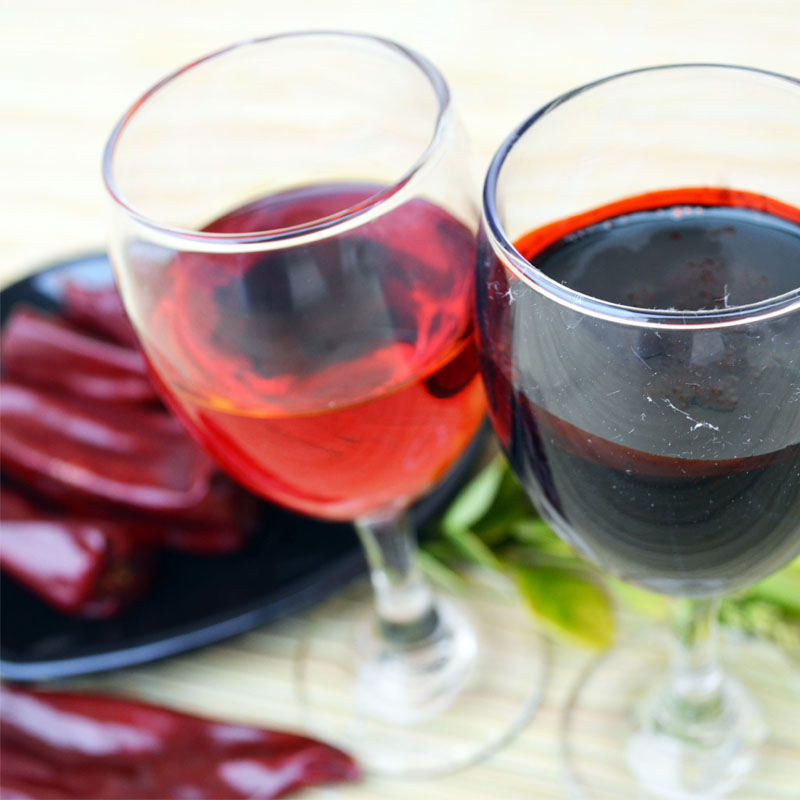- No. 268 Xianghe Street, Economic Development Zone of Xingtai city, Hebei 054001 China
- Byron@hbhongri.cn
Exploring the Varieties of Paprika and Their Unique Flavors and Uses
Exploring Different Types of Paprika
Paprika, a vibrant spice made from ground dried peppers, has captivated culinary enthusiasts and home cooks alike for centuries. While it is most commonly associated with Hungarian cuisine, paprika has a rich history and diverse range that extends across many cultures and cuisines. In this article, we will explore the different types of paprika, their distinct flavors, and the ways they can elevate your dishes.
1. Sweet Paprika
One of the most recognized types of paprika, sweet paprika is popular for its mild flavor and beautiful red hue. Made from specific sweet pepper varieties, this type of paprika is often used in Hungarian dishes such as goulash and chicken paprikash. Its bright color not only enhances the appearance of dishes but also contributes a subtle sweetness, making it a versatile ingredient in soups, sauces, and stews. Sweet paprika can also be sprinkled on finished dishes for an added pop of color.
Also known as pimentón, smoked paprika originates from Spain and is made from peppers that are dried over an oak fire. This process imparts a distinctive smoky flavor that sets it apart from other paprikas. Smoked paprika can range from mild to hot and is a key ingredient in Spanish cuisine, featuring prominently in dishes such as chorizo and paella. Beyond its traditional uses, smoked paprika is excellent for seasoning meats, vegetables, and even snacks like popcorn, providing a savory depth that is hard to resist.
3. Hot Paprika
different types of paprika

For those who enjoy a bit of heat, hot paprika delivers a spicy kick without overwhelming a dish. This variety is made from spicier pepper varieties and can add a robust flavor to various recipes. Hot paprika is often used in dishes like spicy stews, chili, and even in marinades for grilled meats. It can be used sparingly to enhance flavor or in more significant amounts for those who appreciate a fiery taste. It’s important to note that the heat level can vary, so tasting before adding it to a dish is always a good idea.
4. Hungarian Paprika
Hungarian paprika is renowned for its varied flavor profiles and rich history. There are several grades of Hungarian paprika, including sweet, semi-sweet, and hot, with the most famous varieties being ‘Hungarian Sweet’ and ‘Hot Hungarian’. This type of paprika is a staple in classic dishes such as goulash and is often used as a garnish due to its vibrant color. Its complex flavor can range from mild sweetness to more pronounced heat, making it an excellent choice for enhancing the depth of flavor in both traditional and modern recipes.
5. California Paprika
California paprika is typically milder and has a brighter color than its Hungarian counterparts. It is derived from peppers grown in California and is often used in industrial food processing due to its consistent quality. While it may not have the same depth of flavor as Hungarian paprika, it can still be used effectively in salads, dressings, and when you want to add color without overpowering the dish.
Conclusion
Paprika is more than just a spice; it is an ingredient with a story, a cultural significance, and a world of flavors waiting to be explored. From sweet to smoky, and mild to hot, the diverse types of paprika can enhance the culinary landscape in numerous ways. Whether you’re cooking a traditional dish or experimenting in the kitchen, incorporating different types of paprika can enrich your culinary creations and bring a new dimension to your meals. So, next time you reach for the spice rack, consider the unique characteristics of paprika and the delightful twist it can add to your cooking adventures.
-
Turmeric Rhizome Powder: A Golden Treasure from Roots to TableNewsJul.28,2025
-
The Versatile Application Of Crushed Red Hot Peppers: Lighting Up The Red Flames On The Dining TableNewsJul.28,2025
-
The Paprika: A Touch Of Vibrant Red In Color, Flavor, And CultureNewsJul.28,2025
-
Ground Turmeric: A Modern Examination of an Ancient SpiceNewsJul.28,2025
-
Capsicum Liquid Extract: Features, Applications, and ChallengesNewsJul.28,2025
-
Application of Capsicum Liquid Extract in FoodNewsJul.28,2025







